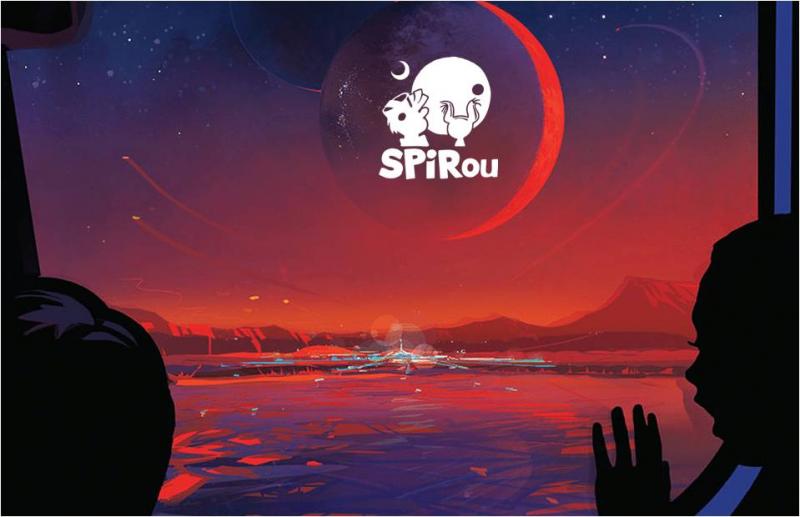SPIRou : the hunt for exoplanets is open
One year after its installation at the top of the Maunakea volcano on the large island of Hawaii, and after several months of intensive testing, SPIRou has just passed its acceptance exam with great success, and is therefore able to begin its scientific explorations.

The SPIRou Infrared SPectropolarimeter is an innovative high-precision instrument that is part of the Canada-France-Hawaii Telescope (CFHT) since January 2018. Its objective is to detect and characterize exoplanets similar to Earth, in orbit around the red dwarfs located close to the solar system; SPIRou will also explore the formation of stars and of their planetary systems, and more specifically the still poorly known impact of the magnetic field on this genesis.
In practice, to detect Earth-like planets orbiting in the so-called habitable zone around a red dwarf (at a distance from the star where water can exist in a liquid state on the planet’s surface), SPIRou must measure the speed of the stars and its temporal variation. Its functioning can be compared to that of a road radar, using the Doppler effect to estimate the variations in the speed of stars with an accuracy of about 1 to 2 m/s (the typical speed of a walking person). These speed changes are reflected on the SPIRou detector by tiny shifts in the stellar spectrum of the order of a thousandth of a pixel. The measurement of this spectral shift makes it possible to reliably detect the presence of a planet and to measure its mass. To achieve such an accuracy, the SPIRou cryogenic spectrograph, cooled to -200° in order to avoid from ambient thermal radiation, must be extremely stable and regulated in temperature to better than one thousandth of a degree. This ensures in particular that tiny speed fluctuations that indicate the presence of exoplanets are not drowned in the noise of the instrument’s thermal fluctuations. Today, SPIRou’s accuracy is essentially limited by the variable absorption lines of the Earth’s atmosphere, which torment the stellar spectra and whose correction is imperfect to date. Once this correction has been optimized, SPIRou’s velocimetric accuracy should further improve, reaching the nominal level of 1 m/s.
Since its installation in January 2018, the project team has been reviewing the performance of the new instrument. The results, presented to a panel of experts on 23 January 2019, have demonstrated that SPIRou was almost compliant with the initial specifications, and ready to undertake the ambitious scientific programmes for which it was designed. The search for new extra-solar worlds with SPIRou has therefore begun and should continue at the CFHT over several hundred nights of observation over the next decade.
To date, the most significant program conducted with SPIRou is called the SPIRou Legacy Survey and will require 300 nights of CFHT telescopes over the next four years. It has two main objectives:
- the detection and characterization of multi-planetary systems around the ~100 red dwarfs closest to the Solar System, such as the famous 7-planet system discovered around Trappist-1, a red dwarf located 39 light years from Earth,
- the study of the formation of new worlds, like those found in the stellar nurseries of the Orion Nebula, by focusing on the role that magnetic fields play in their birth.
During the first half of 2019, SPIRou is expected to observe several hundred of stars, some of which will be observed simultaneously with NASA’s TESS satellite, such as the young eruptive star EX Lup and its protoplanetary disk, considered as a good example of how our Solar System may have looked like in its early youth.
SPIRou’s first scientific observations were collected from February 13 to 17, during a brief lull in the winter storm that severely affected the summit of Maunakea.
Further Resources
- Time-lapse of the CFHT in the storm : http://www.ast.obs-mip.fr/users/donati/20190214-cfhtdome.mp4
IRAP Contact
- Jean François Donati, IRAP, jean-francois.donati@irap.omp.eu






